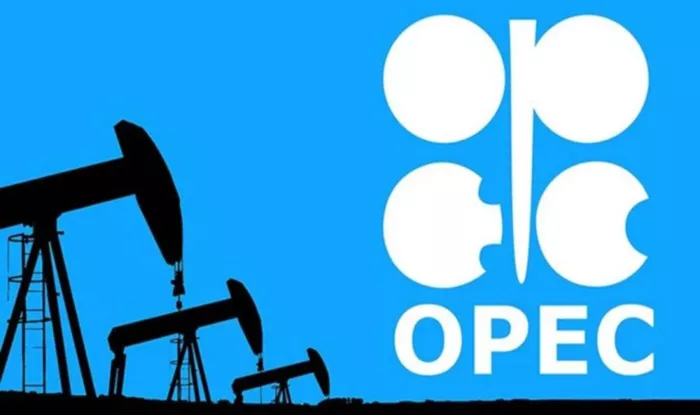Last week, the 39th OPEC and non-OPEC Ministerial Meeting convened via videoconference under the chairmanship of Saudi Arabia’s Energy Minister, Prince Abdulaziz bin Salman Al-Saud. In a significant move, the group committed to developing a framework to evaluate the maximum sustainable production capacity (MSC) of member countries, a benchmark intended to guide production baselines for 2027.
While oil markets have shown limited immediate reaction to this long-term initiative, commodity analysts at Standard Chartered have highlighted its potential impact. Establishing MSCs will require comprehensive data analysis over the coming year, a process anticipated to be manageable. The recent gradual rollback of voluntary output cuts has revealed that markets may have consistently overestimated some producers’ sustainable capacity, leading to inflated assumptions about available spare capacity.
Standard Chartered underscores that defining MSCs will enhance transparency across OPEC+ members, curtailing the possibility of ambiguous data reporting and unclear compliance with production commitments. This improved clarity is expected to provide more accurate production figures and help reduce volatility in oil prices.
In a related development, OPEC+ countries including Saudi Arabia, Russia, Iraq, the UAE, Kuwait, Kazakhstan, Algeria, and Oman agreed on May 31 to continue the accelerated easing of the 2023 production cuts by 411,000 barrels per day (kb/d) starting July 2025. This incremental adjustment mirrors the pace seen over the previous two months. Earlier speculation suggested the group might consider a larger rollback if persistent overproducers like Kazakhstan and Iraq failed to meet quotas. However, an Algerian government statement confirmed no such discussions took place.
Standard Chartered analysts now forecast that oil markets will likely remain relatively balanced for the rest of the year, provided OPEC+ adheres to the current production path. Projected figures indicate a global inventory draw of 0.4 million barrels per day (mb/d) in Q3, offset by a similar build in Q4. This equilibrium is supported by ongoing underperformance in non-OPEC+ supply relative to expectations for 2025, alongside steady demand growth, forecasted at 1.17 mb/d in 2025 and 1.07 mb/d in 2026. Additionally, prevailing low prices could stimulate further demand increases.
Turning to natural gas, the seasonal build-up of EU gas inventories accelerated sharply last week. Data from Gas Infrastructure Europe (GIE) revealed EU gas stocks rose to 56.79 billion cubic meters (bcm) as of June 1, with a weekly injection of 3.057 bcm. This marked the first weekly net injection exceeding 3 bcm since August 2022, representing a 50% increase over the previous week and 24% above the five-year average. The faster accumulation has narrowed the year-on-year deficit to 24.44 bcm, down from a peak deficit of 30.07 bcm in mid-April.
Despite earlier gains in May, natural gas prices in Europe failed to sustain momentum. Dutch Title Transfer Facility (TTF) gas for July delivery settled at EUR 35.015 per megawatt hour (MWh) on June 2, down EUR 2.354/MWh week-on-week. Year-to-date, European gas prices have notably underperformed other energy commodities.
In the United States, the Energy Information Administration’s (EIA) latest weekly report painted a bullish picture for crude oil markets. The combined deficit of crude oil and refined products inventories relative to the five-year average widened by 7.04 million barrels (mb) week-on-week to 47.76 mb, the largest gap since December 2022. Crude inventories decreased by 2.8 mb to 440.36 mb, now 30.22 mb below the five-year norm.
However, U.S. crude exports fell by 794,000 barrels per day (kb/d) week-on-week, tempered by a seasonal decline of 162 kb/d in refinery runs and a 262 kb/d increase in imports. May demand indicators were weak, with gasoline consumption down 4.8% year-on-year, jet fuel demand down 0.4%, and distillate demand down 1.4%.
The U.S. rig count continued its decline, falling by four rigs to a 42-month low of 461, marking a fifth consecutive weekly drop, according to Baker Hughes data. The Permian Basin saw a decrease of one rig to 278, also a 42-month low. The Midland Basin rig count dropped by one to 98, while activity in the Delaware Basin remained steady at 157 rigs. Conversely, the U.S. gas rig count rose slightly by one to 99 rigs.


